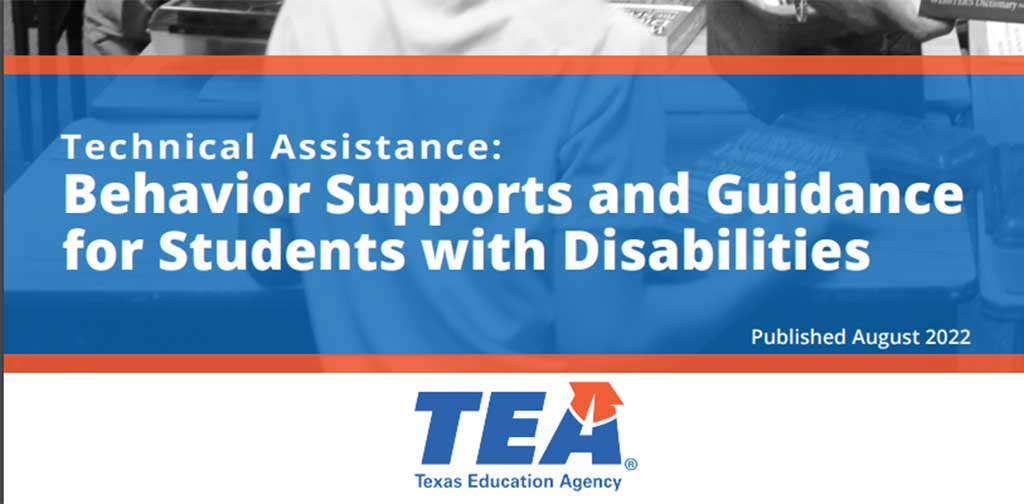According to IDEA, Supplementary Aids and Services means, aids, services and other supports that are provided in regular education classes or other education-related settings to enable children with disabilities to be educated with nondisabled children to the maximum extent appropriate.
Supplementary Aids and Services can include changes in:
Environment
- Special seating
- Study carrel
- Providing space for movement or breaks
- Providing help to maintain an uncluttered space
Instructional Strategies
- Teaching to a child’s learning style
- Providing one-to-one instruction
- Providing differentiated instruction
- Providing hands-on activities
- Using technology to support instruction
Social or Behavioral Support
- Rest breaks
- Teaching child how to make friends
- Functional behavioral analysis
- Positive behavioral intervention plan
- Teaching independence
Staff Support
- Enhanced staffing
- Co-taught classroom
- Small group instruction
- Providing staff training
- Collaboration time
- Use of paraprofessional staff
Assessment
- Allowing answers to be dictated
- Allowing additional time
- Reading test to student
- Accepting short answers
- Highlighting key directions
For more information, check out Supplementary Aids and Services >>
Excerpted from “World of Options and Opportunities PowerPoint” by the Connecticut State Department of Education



